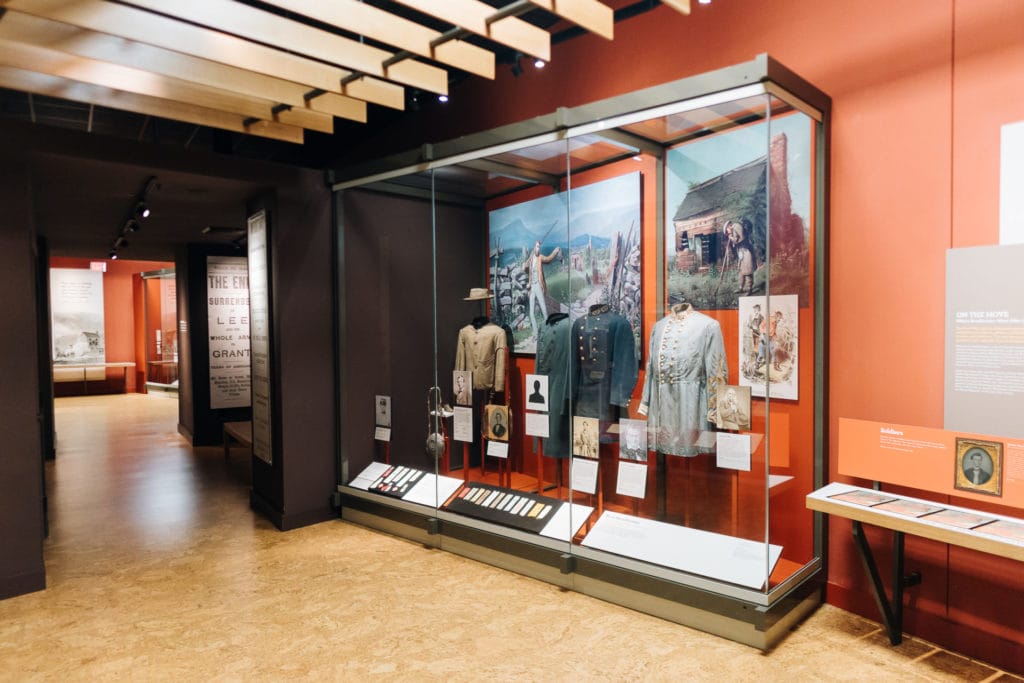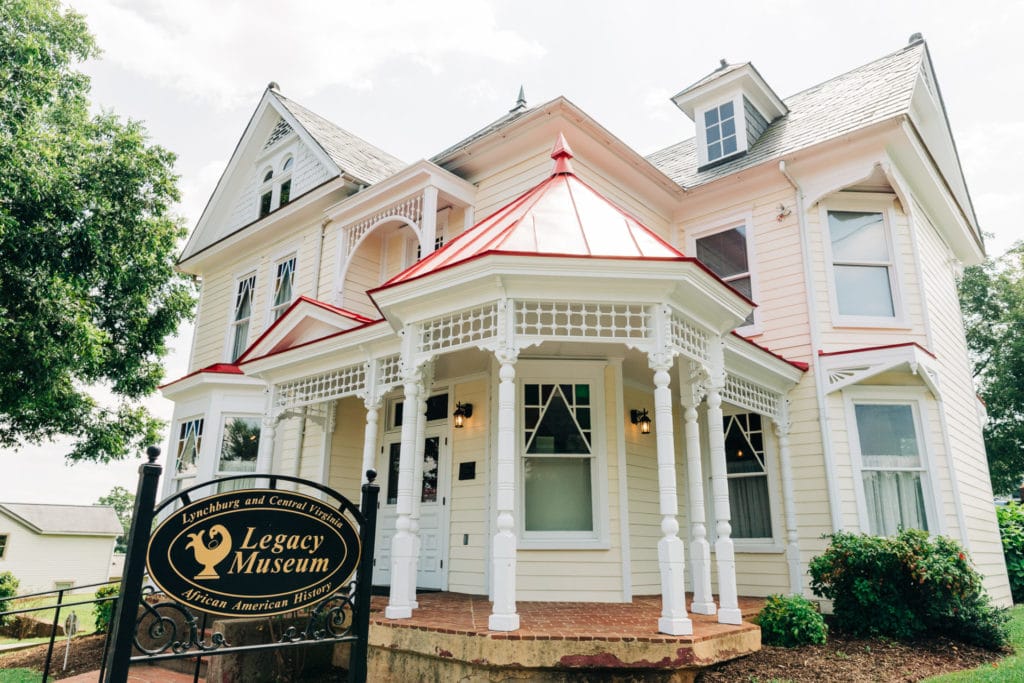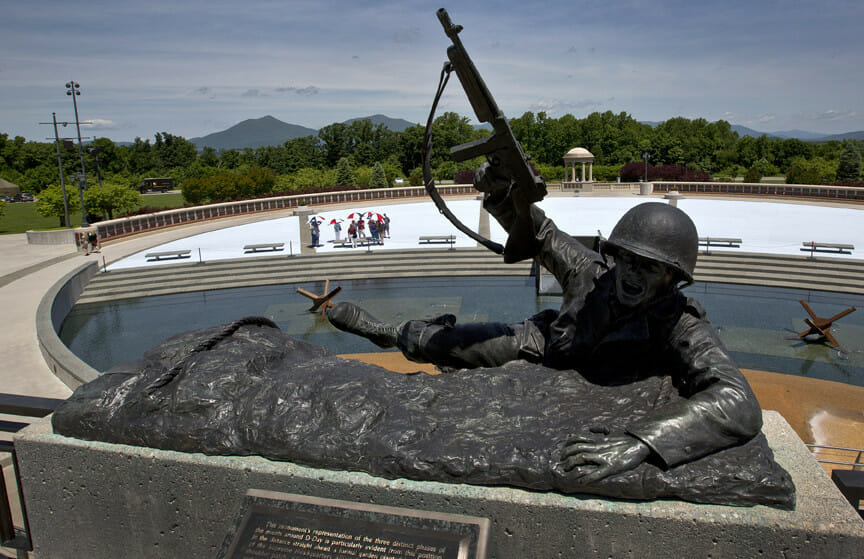When you look around Lynchburg, you may take in the views of the picture-esque Blue Ridge Mountains or the mighty James River or even the iconic hillside cityscape. But, look closer: you’ll see a world of history is surrounding you—and it’s yours to explore. Here’s what awaits you.

American Civil War Museum
Why visit? The American Civil War Museum in Appomattox allows you to explore the lives of confederate soldiers, enslaved and free African Americans and civilians. The museum also contains significant time-period artifacts, like the sword and uniform Robert E. Lee wore when the Confederacy surrendered to the Union at Appomattox Court House.
Anne Spencer House
Why visit? Anne Spencer was an internationally-acclaimed African American poet during the Harlem Renaissance. Her home and gardens on Pierce Street served as one of her reservoirs of inspiration for her work. Her gardens are free to tour, and you can book a reservation to tour her home.
Appomattox Court House National Historical Park
Why visit? The Civil War, one of the most trying times for Americans in history, ended at the Appomattox Court House on April 9, 1865, just 25 miles away from Lynchburg. Today, you can tour this National Historic Landmark and walk the same grounds as Generals Grant and Lee.
Battle of Lynchburg Driving Tour
Why visit? During June 17-18, 1864, the Civil War moved onto the City of Lynchburg, leaving behind eight significant sites. Now you can endeavor on a driving tour with an education CD guide.
Fort Early
Why visit? This Civil War fort stood on the outskirts of Lynchburg, under the command of Lt. General Jubal Early. His troops successfully held off the Union army during the Battle of Lynchburg. The grounds of Fort Early is open year round.
Historic Sandusky
Why visit? One of the first Federal style homes in Lynchburg during the early 19th century, this home was invaded by Union troops during the Battle of Lynchburg. Tours of this historic, local home are available.

Legacy Museum – 403 Monroe St.
Legacy Museum
Why visit? The museum is committed to the collecting, preserving and storing historical artifacts, documents and memorabilia relating to significant contributions of the African American Community in Lynchburg and the region, and telling these stories through exhibits and events. Learn more.
Lynchburg Museum
Why visit? Get a glimpse of the 200+ years of history of our great city. Housed in the historic Old Court House, this museum covers the prominent figures and events that helped build the City of Lynchburg.
Maier Museum of Art
Why visit? This American art museum sits on the campus of Randolph College and holds a distinguished collection of American Impressionism and early 20th-century Realism pieces.
Miller Claytor House
Why visit? Did you know it’s rumored that while in this home, Thomas Jefferson ate a tomato from it’s garden to show to a child that “love apples” were not poisonous? The Miller Claytor House is Lynchburg’s last remaining town house from the 18th century and is available to explore at Riverside Park.
National D-Day Memorial
Why visit? Located 28 miles from Lynchburg, The National D-Day Memorial commemorates the sacrifice and courage of the World War II American soldiers during the storming of Normandy Beach on June 6, 1944.

National D-Day Memorial in Bedford, VA.
Old City Cemetery
Why visit? Listed as a Virginia Historic Landmark, Old City Cemetery was established in 1806 and is an extraordinary 27-acre public garden, “history park,” and the oldest municipal cemetery in Virginia still in use today. Five small museums help tell the stories of the diverse population of nearly 20,000 buried here.
Point of Honor
Why visit? This home that sits overlooking James River on Cabell Street was first owned by Dr. George Cabell, a friend of Thomas Jefferson and physician to Patrick Henry. Since then, the home has been owned by seven famous local families. The home is available for tours.
South River Meeting House
Why visit? The grounds of Lynchburg were first pioneered by Quakers in the 1750s. They established the South River Meeting House in 1791, which is available for self-guided tours.
Poplar Forest
Why visit? When the famed Monticello turned from home into a 19-century tourist attraction, Thomas Jefferson built Poplar Forest, his own private retreat where he could read, write and spend time with his family. This National Historic Landmark is only a few miles from Downtown Lynchburg and is available for tours.



